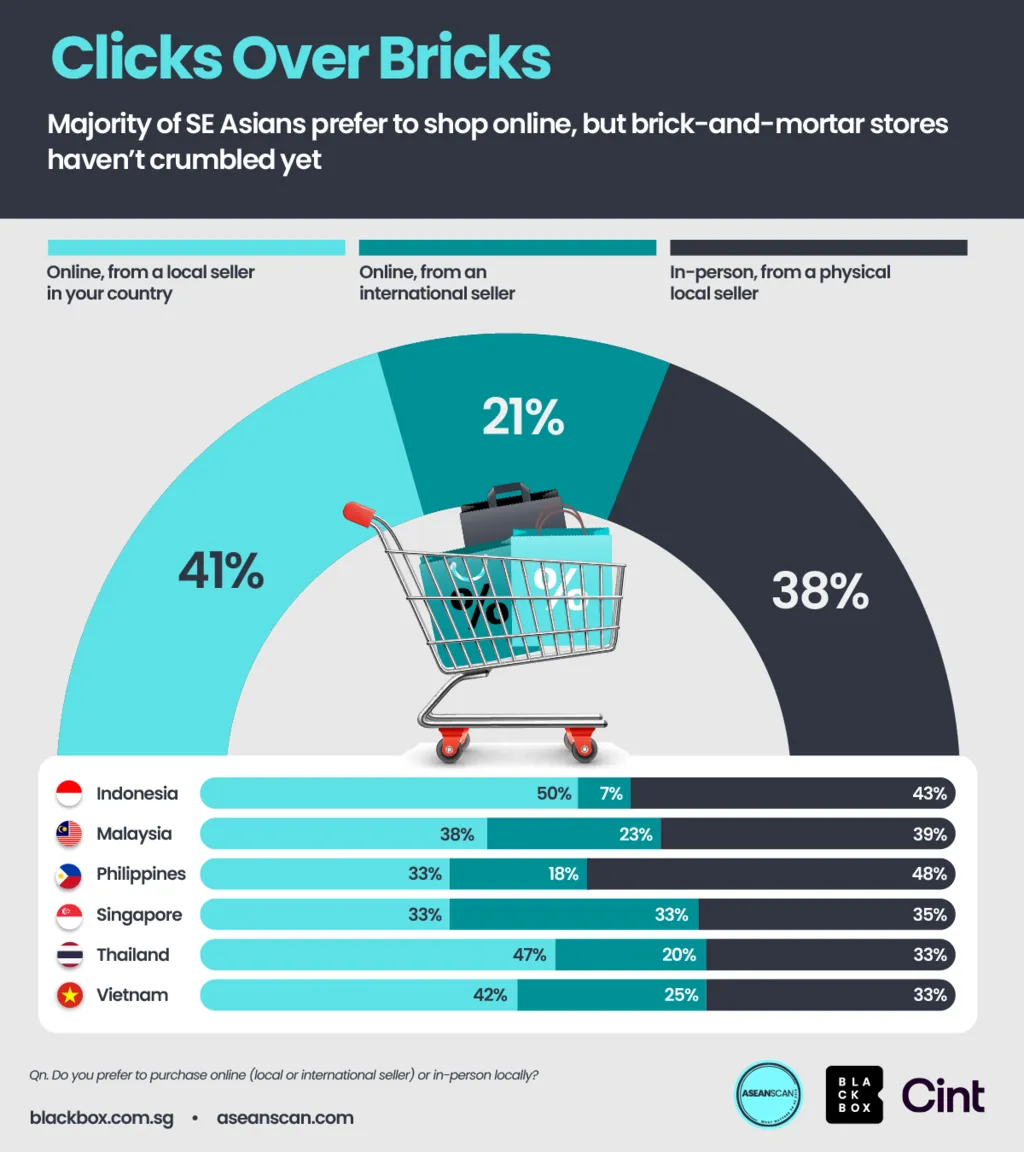Southeast Asian consumers are changing fast—and sustainability is at the heart of it. A growing number now choose brands based on environmental responsibility. In fact, 65% of consumers across the region say sustainable packaging and eco-friendly supply chains are the most important factors when picking a retailer. This example of Southeast Asia Consumer Behavior Trends is even stronger in the Philippines, where 74% of consumers care deeply about sustainability. Similar levels of concern are seen in Malaysia and Indonesia, where more than 60% of shoppers look for green practices. This signals a major shift in values—and businesses that ignore it risk losing relevance. Why the shift, though?
Customer Service Still Matters in Southeast Asia Consumer Behavior Trends
At the same time, service quality continues to be a key loyalty driver. A single bad experience could mean losing a customer. In Indonesia, 60% of shoppers say they would switch retailers after poor service. In the Philippines, the number is 52%, and it’s nearly half in Vietnam, Malaysia, and Singapore. This shows that while price and product matter, how a brand treats its customers remains just as important.
Spending Habits Are Shifting
In the past year, 39% of Southeast Asian consumers have cut back on spending. Rising costs and economic uncertainty are key reasons. About 63% are concerned about the broader economic situation, and 58% are affected by the rising cost of living. Because of this, 69% of people now focus only on essential purchases, while 55% are actively reducing their spending on non-essential items. This cautious mindset means brands must rethink pricing, value offerings, and product positioning.
Read Also: Shifts in Indonesia Consumer Behavior Trends to Know
Online Shopping Is Now the Norm in Southeast Asia Consumer Behavior Trends
Digital transformation continues to define Southeast Asia’s retail space. Between 2022 and 2023, online shopping preference jumped by 11 percentage points. Today, 56% of consumers in the region prefer to shop online.

This growth isn’t just about convenience. It's driven by better digital banking tools, fast delivery options, and the increasing demand for personalized experiences. For businesses, this means building stronger e-commerce platforms, using data to personalize offerings, and ensuring smooth digital payment options.
Read Also: Digital Wallets & Indonesia Digital Payment Adoption Explained
Sales Events Shape Purchase Timing
SEA consumers are also strategic about when they shop. A large 77% participate in big sales events, while 71% delay purchases to wait for discounts. This shows how price sensitivity is linked to shopping behavior—and why promotional events are a key touchpoint for brands.
New Brands Are Winning Market Share
Another major shift is the rise of insurgent brands—companies less than 10 years old that are capturing attention and revenue. These disruptors now make up $52 billion in revenue and 23% of Southeast Asia’s market share, especially in beauty, personal care, and packaged food.
Consumers are more open than ever to trying new names—especially if they align with values like sustainability, innovation, or affordability. Brand loyalty is being redefined, and legacy companies must evolve quickly to stay competitive.
Southeast Asia Consumer Behavior Trends: Wants Are Becoming Needs
Interestingly, what used to be considered luxury is now seen as everyday necessity. Branded clothing, the latest gadgets, and high-quality personal care items are increasingly viewed as essential, not optional. This shift shows how aspirations and expectations are rising, even as budgets tighten.
Final Takeaway
Southeast Asia Consumer Behavior Trends reveal a region in transition—economically, digitally, and culturally. People are spending more cautiously but expect more from the brands they support. They care about values, demand good service, and shop on their terms. To succeed, businesses must adapt quickly. That means investing in sustainability, embracing digital channels, and understanding the emotional drivers behind every purchase.







